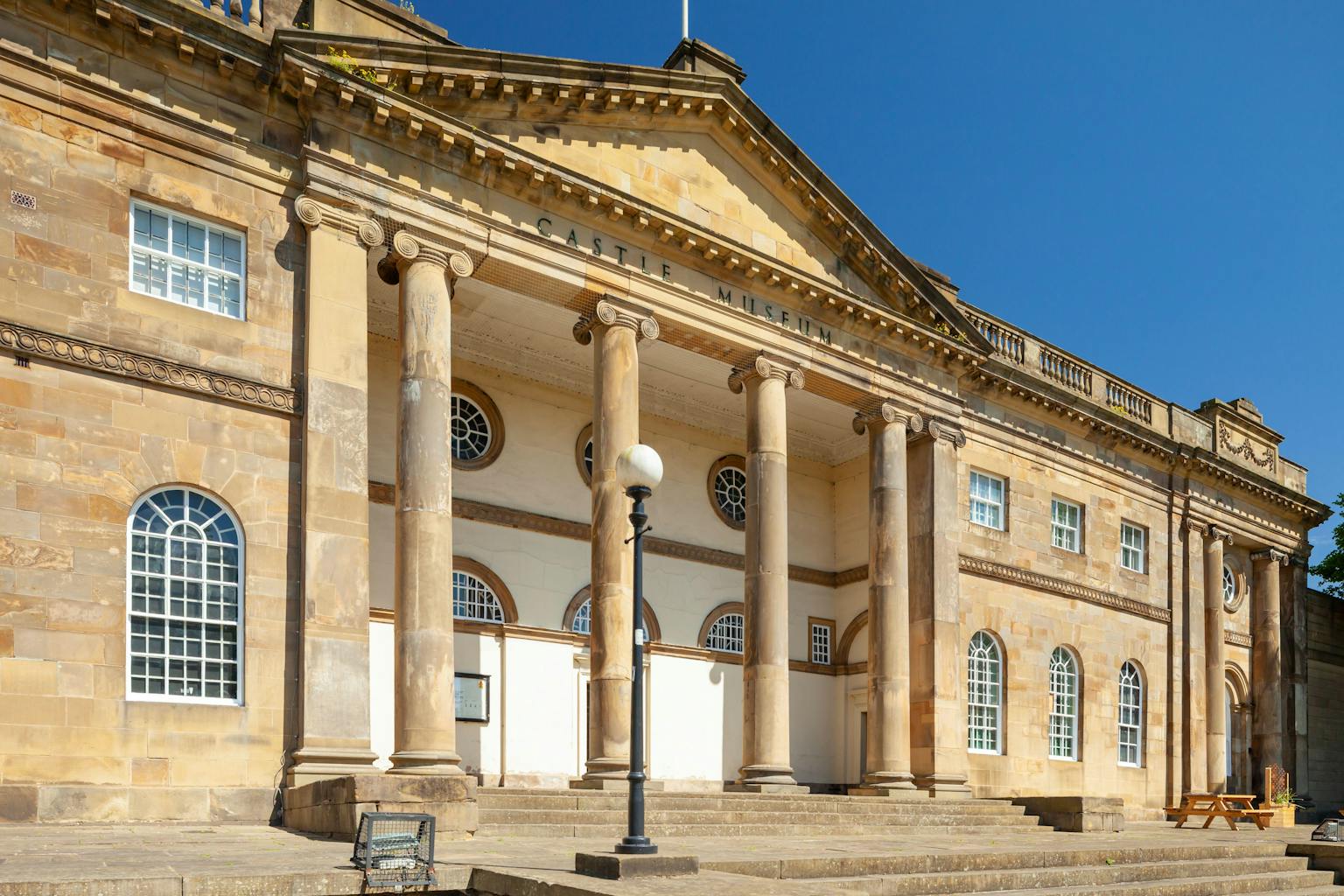Purcell to launch Guidance to RAAC in Listed Buildings at Parliament

Purcell will formally launch their publication, which sets out guidance specifically focusing on RAAC (Reinforced Autoclaved Aerated Concrete) in Listed Buildings at an event at the Houses of Parliament next week.
C20 Society Director Catherine Croft, Parliamentary Policy Advisor and report co-author Chris Waterman, and structural engineer Stuart Tappin will join Purcell’s resident C20 expert Jon Wright, building surveyor Alex Baldwin, and report author Max Thomson for a panel discussion on RAAC, convened by Purcell Chairperson Liz Smith. This will be followed by a Q&A session, providing opportunity for MPs, peers, estate managers, professionals, and statutory authorities and consultees to discuss topical issues on the subject.
Since increased safety concerns over the material led to the closure of hundreds of public buildings in 2023, much of the media attention on RAAC has focused primarily on schools.
As the world’s largest team of heritage specialists, with a wealth of knowledge pertaining to the preservation of 20th century and Post-War buildings, the gap in information available on the type of buildings containing RAAC was clear. Buildings of any type and age which were built or underwent repair in the latter half of the twentieth century could contain RAAC, including domestic homes, public buildings, and even heritage assets such as the York Castle Museum. Found to contain RAAC earlier this year, the Grade I-listed museum is a prime example of this, illustrating that the issue is broader and more complex than has so far been reported.

Our Guidance to RAAC in Listed Buildings document outlines the specific considerations for approaching and mitigating issues caused by RAAC in listed buildings, irrespective of typology or age.
Report co-author and Purcell Building Surveyor Max Thomson said, 'I took the initiative to author this report as there was a void in publicly available information for dealing with RAAC in listed buildings.
In September 2023, government and media focus was placed largely on school buildings. Buildings affected by RAAC, particularly listed buildings, can present challenges when it comes to remediation works. There is evidence to show that statutory authorities and consultees on listed building applications have struggled to find effective, minimal harm solutions to remediate RAAC within listed buildings. There is no single fix-all solution, and every building needs to be assessed on an individual basis to overcome structural, thermal, acoustic, and legislative requirements.
I wanted to fill this void of readily available information with guidance aimed at listed building owners and other involved parties. The aim is to increase awareness whilst reducing risks relating to RAAC, and to help prevent demolition of listed buildings which provide a wealth of benefits to their surrounding communities. Anything we can do avoid losing a building will bring a sustainability gain.'
Most buildings affected by RAAC will inevitably be Post-War. However, with over 1,000 listed twentieth century buildings in the UK – a catalogue which is constantly expanding – this guidance, which has been endorsed by the Twentieth Century Society, Society for the Protection of Ancient Buildings (SPAB), and the Institute of Historic Building Conservation (IHBC), will no doubt apply to more of our existing building stock in due course.

